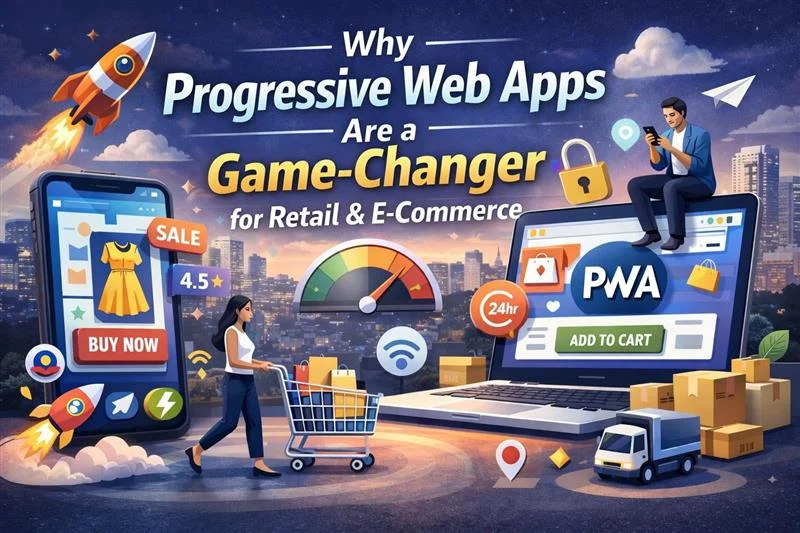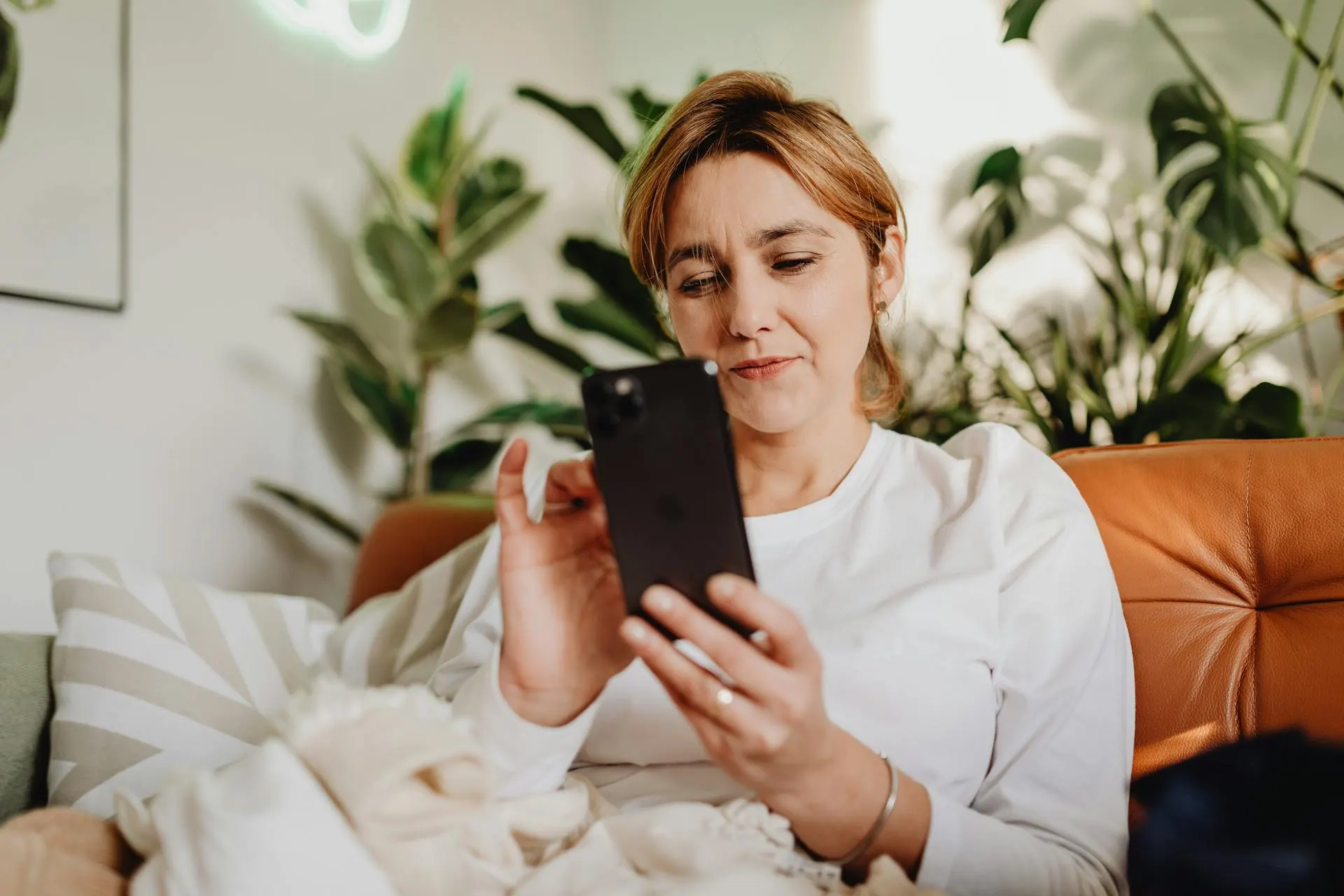Healthcare Data Security: Challenges & Best Practices
02 Jul 2025Why 2025 Is a Pivotal Year for Protected Health Information(PHI) Protection
The year 2025 marks a turning point for healthcare data security. With digital transformation happening fast—through cloud platforms, Electronic Health Record (EHR)s, and mobile apps—healthcare data security has never been more important.
Hackers are targeting hospitals and clinics more often because they store large amounts of sensitive patient information. At the same time, evolving regulatory requirements are driving healthcare providers to strengthen their cybersecurity measures.
This article delves into the top cybersecurity challenges facing the healthcare sector and shares actionable strategies for protecting patient information—plus how Trawlii helps providers stay compliant and secure.
Why Healthcare Is a Prime Cyber Target
Healthcare systems hold highly sensitive data—patient names, diagnosis records, billing information—all in one place. This makes them ideal targets for cybercriminals. Downtime is costly in healthcare, so attackers know providers are more likely to pay.
Many organizations are still using outdated systems, which creates vulnerabilities. This is where Trawlii can assist by helping healthcare organizations modernize their digital infrastructure while keeping Electronic Health Record (EHR) security top of mind.
Regulatory Landscape & 2025 Updates
HIPAA remains the core framework, but 2025 introduces tighter standards around cloud usage, mobile devices, and breach reporting. Providers are expected to demonstrate continuous compliance—not just check boxes during audits.
Trawlii helps its clients stay updated with evolving regulatory needs and adopt HIPAA compliance best practices across every layer of their systems, from internal access controls to vendor management.
7 Biggest Data-Security Challenges in Healthcare
Let’s take a closer look at the top healthcare cybersecurity challenges you should be aware of in 2025:
1. Legacy Systems & Outdated Tech
Older software and hardware are still in use at many healthcare facilities. These systems don’t receive regular security updates, making them an easy target for cyberattacks.
2. IoMT & Expanding Attack Surface
The Internet of Medical Things (IoMT) includes devices like smart IV pumps and heart monitors. These tools increase efficiency but also create more points where hackers can try to break in.
3. Insider Threats & Human Error
Not all threats come from outside. Simple mistakes—like clicking on a phishing email or mismanaging files—can result in major Protected Health Information (PHI )breaches.
4. Ransomware & Double-Extortion
Ransomware has evolved. Today’s cybercriminals don’t just lock your data; they also threaten to expose it unless you pay up—this is called double-extortion.
5. Cloud Misconfigurations
A large number of healthcare providers now keep patient data in the cloud. But if those cloud systems aren’t set up securely, they can leave sensitive information wide open to attackers.
6. API & Interoperability Risks
Systems use APIs to exchange information and work together. If these are poorly protected, they can expose large volumes of data.
7. Third-Party Vendor Weak Links
Healthcare organizations often work with external vendors—billing companies, IT providers, etc. If one of them has weak security, it can put your entire network at risk.
10 Best Practices to Fortify Patient Data
To strengthen healthcare data security in 2025, here are ten practical steps every organization should take:
1. Implement Zero-Trust Architecture
In a zero-trust healthcare setup, nobody is trusted automatically—not even users inside the system. All users and devices must be authenticated before they can enter the system.
2. Encrypt & Tokenize PHI
Encryption scrambles sensitive information, making it useless if stolen. Tokenization replaces sensitive data with harmless placeholders, reducing risk even further.
3. Enforce MFA Everywhere
Multi-Factor Authentication(MFA) adds an extra layer of login security. Even if someone steals a password, they can’t log in without the second verification step.
4. Deploy AI-Driven SIEM
Security Information and Event Management (SIEM) tools, especially those powered by AI, can catch threats in real-time and reduce response times dramatically.
5. Run Quarterly Risk Assessments
Conduct risk reviews every three months to identify new vulnerabilities and ensure your systems stay up to date.
6. Screen Vendors for SOC 2 / ISO 27001
Before working with any vendor, make sure they meet security standards like System and Organization Controls 2 (SOC 2) or International Organization for Standardization(ISO) 27001. If they’re not secure, your data isn’t either.
7. Conduct Ongoing Staff Security Training
Employees are often the weakest link. Regular security education helps team members spot threats like phishing emails and use safe practices when handling sensitive data.
8. Maintain Incident-Response Playbooks
Every organization should have a clear plan for how to respond to a data breach. It ensures timely responses, controls potential damage, and helps maintain compliance.
9. Monitor Compliance Continuously
Don't wait for a yearly audit. Use tools that track your Health Insurance Portability and Accountability Act(HIPAA) compliance best practices in real-time and alert you to any gaps.
10. Map Data Lineage End-to-End
Know where your data comes from, where it goes, and how it's stored. This visibility helps you spot risks and improves PHI breach prevention.
Emerging Technologies to Watch
Innovative tech is reshaping healthcare data security. AI is being used to detect unusual activity early. Blockchain is being tested for secure, tamper-proof patient records. These tools may become essential in the near future.
Security Success Metrics (6 KPIs to Track)
To measure how well your data protection efforts are working, keep an eye on these metrics:
- Number of blocked vs. attempted attacks
- Average detection and response time for cyber threats
- Completion rates of employee security training
- Percentage of systems using MFA
- Results from compliance audits
- Vendor security rating and certification status
Trawlii’s dashboards make it easy to track these Key Performance Indicators(KPI)s across your organization.
Conclusion & Next Steps
Healthcare leaders can’t afford to ignore data security in 2025. New threats and tighter rules demand action now. Whether you're a clinic or a large hospital system, following these best practices—and working with a trusted partner like Trawlii—can make all the difference.




